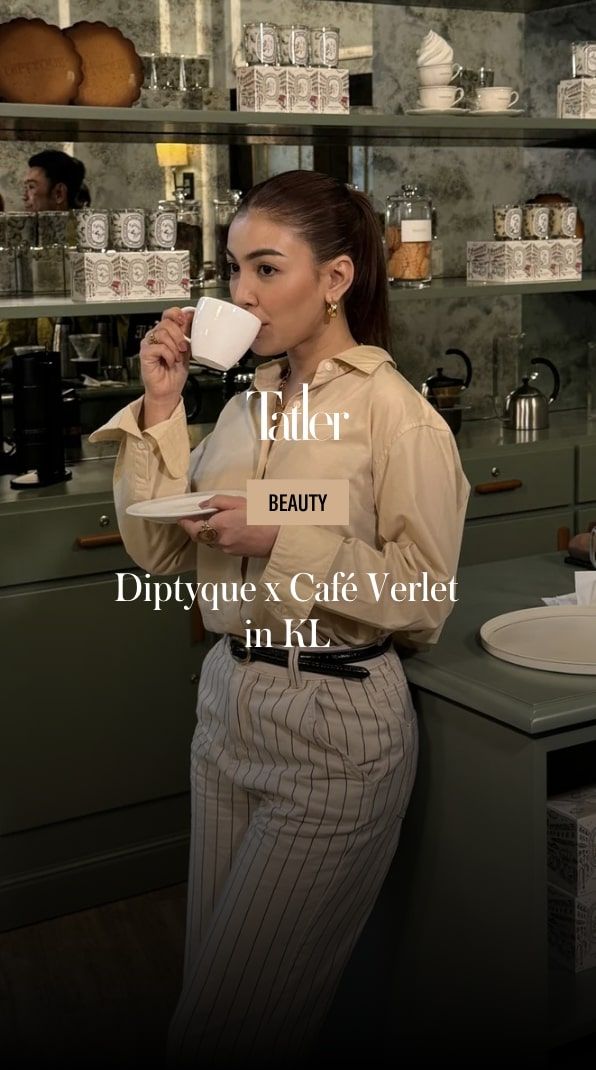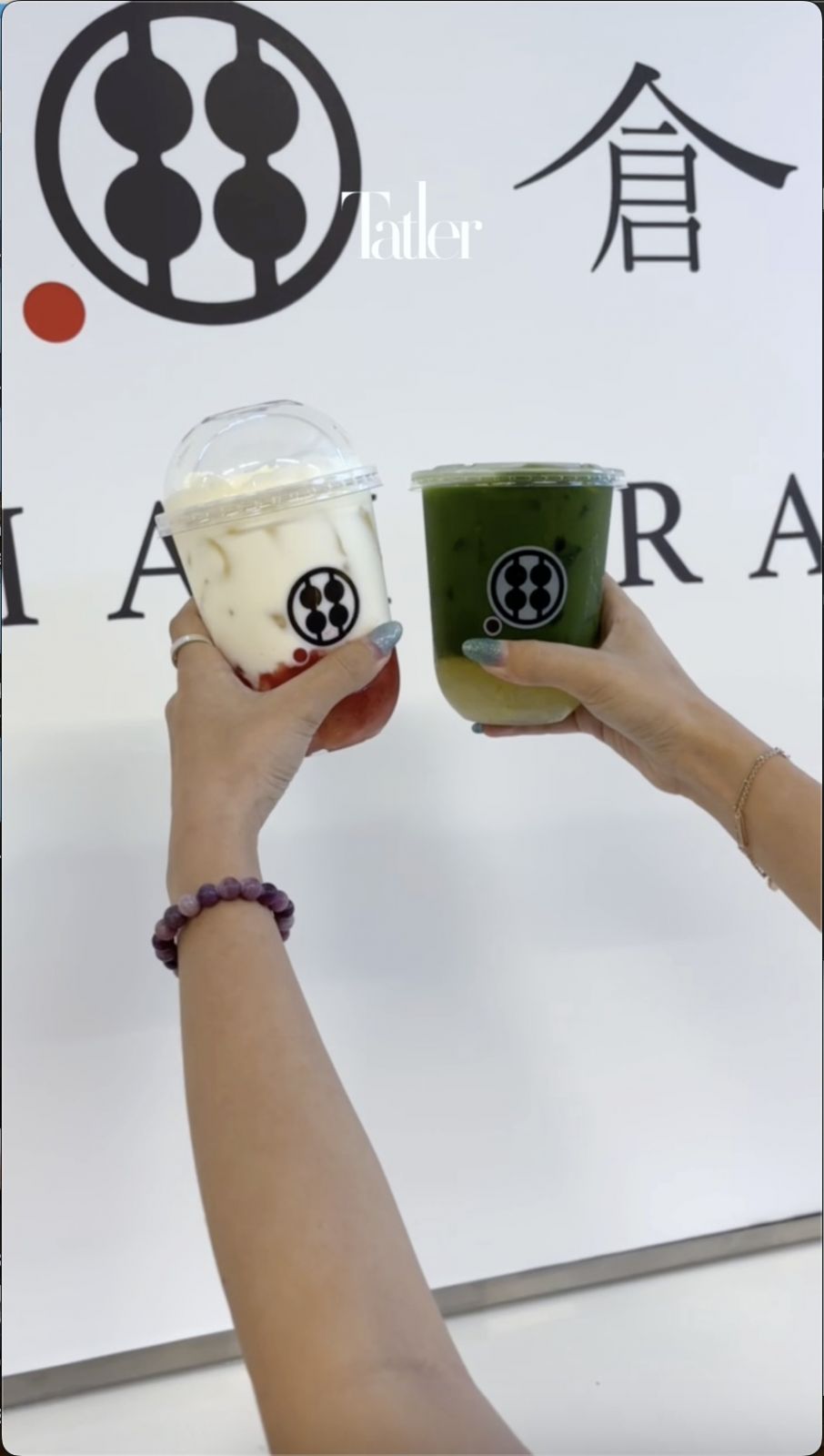From Medieval Italy to Jazz Age Florida, pink architecture captivates across centuries
In architecture, pink has long been considered too whimsical, too bold, or simply too romantic for serious consideration. Yet across continents and centuries, some of the world’s most significant buildings have embraced this controversial hue, their pink facades defying architectural orthodoxy.
As Valentine’s Day approaches and pink dominates seasonal displays, these structures offer a more permanent meditation on a colour that has transcended its romantic associations to become a powerful architectural statement. From palatial hotels on America’s coasts to medieval civic buildings in Italy, these buildings challenge our assumptions about colour, culture and the built environment.
Read more: 4 inspiring homes of designer couples in Malaysia
1. Palazzo Pubblico, Siena, Italy




Since 1310, the Palazzo Pubblico has loomed above Siena’s shell-shaped Piazza del Campo, exemplifying medieval Italy’s civic ambition. Its pink-tinged facade, achieved through local rust-coloured brick and ground marble, established a chromatic signature that influenced Sienese architecture for centuries.
Built during Siena’s golden age as a banking centre, the palace’s innovative design created one of Europe’s first coordinated civic spaces, with its pink tone complementing surrounding buildings and the square’s herringbone pavement. Seven centuries later, the structure maintains its original colour without artificial pigments, demonstrating medieval builders' mastery of sustainable materials.
See also: 7 concrete masterpieces: The world’s most striking Brutalist hotels now























